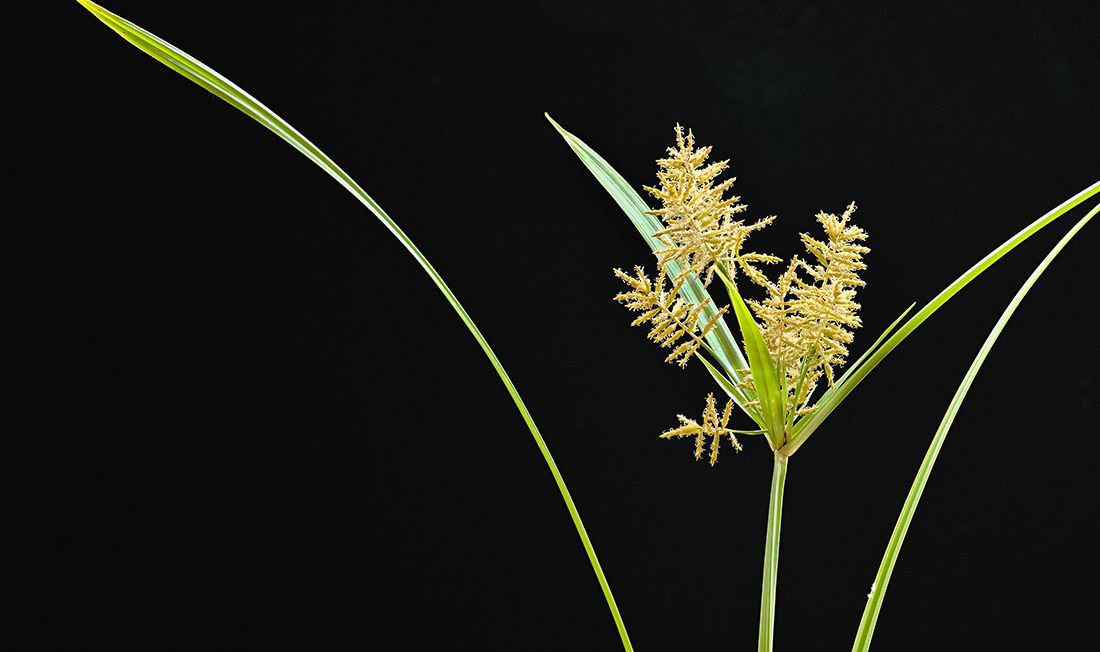As your lawn starts to wither from heat and drought stress during the dog days of summer, you may begin to spot thin, light green leaf blades standing tall above your lawn that are seemingly unaffected by the adverse conditions. While this grassy-looking weed may blend in immediately following a mow, it will quickly outpace the growth of your lawn and turn into an eyesore again in a matter of days. If this is the case, your lawn likely has yellow nutsedge.
What is Yellow Nutsedge?
Yellow nutsedge is an aggressive perennial weed of turfgrasses and crops in many areas of the world, including nearly all 50 states. While the term sedge can apply to thousands of plants in the cyperaceae family, yellow nutsedge is regarded by many as one of the worst weeds in agriculture due to its exceptional cold, heat, and drought tolerance. Despite this drought tolerance, however, yellow nutsedge prefers soils that are wet or periodically saturated. Given these characteristics, irrigated and non-irrigated lawns alike in most areas of the United States provide a suitable home for the pesky weed.
Controlling Yellow Nutsedge
Once yellow nutsedge is established in a lawn, it’s difficult to control due to its unique root system. In the spring, the seedling sprouts and develops sprawling horizontal roots called rhizomes. During the latter part of the summer, thick spherical root structures called tubers form at the end of the rhizomes. New plants can sprout from the rhizomes and tubers the following spring. Tubers can also remain dormant in the soil for several years before producing seedlings. This growth habit ultimately results in patches of yellow nutsedge throughout the lawn and it can cause years of headaches as viable tubers in the soil continue to sprout.
Infestations can be prevented with cultural and chemical practices. First, avoid over irrigating the lawn as yellow nutsedge has an affinity for moist soil conditions. Encouraging a thicker lawn by maintaining a higher mow height and proper fertility can provide suppression of seedlings early in the season. Hand-pulling isn’t advised as removing the above-ground portion of the plant can cause enhanced vegetative growth from the rhizomes and tubers.
If cultural practices don’t succeed, several options are available for chemical control as well. Products containing the active ingredients halosulfuron, bentazon, and sulfentrazone have proven success against yellow nutsedge. Be sure to use these chemicals in rotation to avoid herbicide resistance. This rule of thumb applies particularly to products containing halosulfuron. It is critical to provide control in the spring and early summer before tubers can develop, and be sure to adhere to all label instructions as many herbicides that control nutsedge may temporarily damage the lawn.
Bryson, C., & Carl, R. (2005). Weedy sedges (Cyperaceae) of the world - agricultural research service. Weedy Sedges (Cyperaceaeof the World. Retrieved April 15, 2023, from https://www.ars.usda.gov/ARSUserFiles/64022000/Posters/2005/2005_WSSA_CTB.pdf









